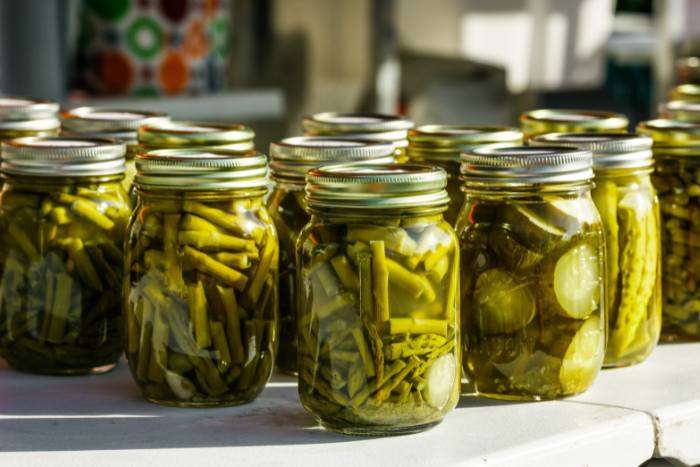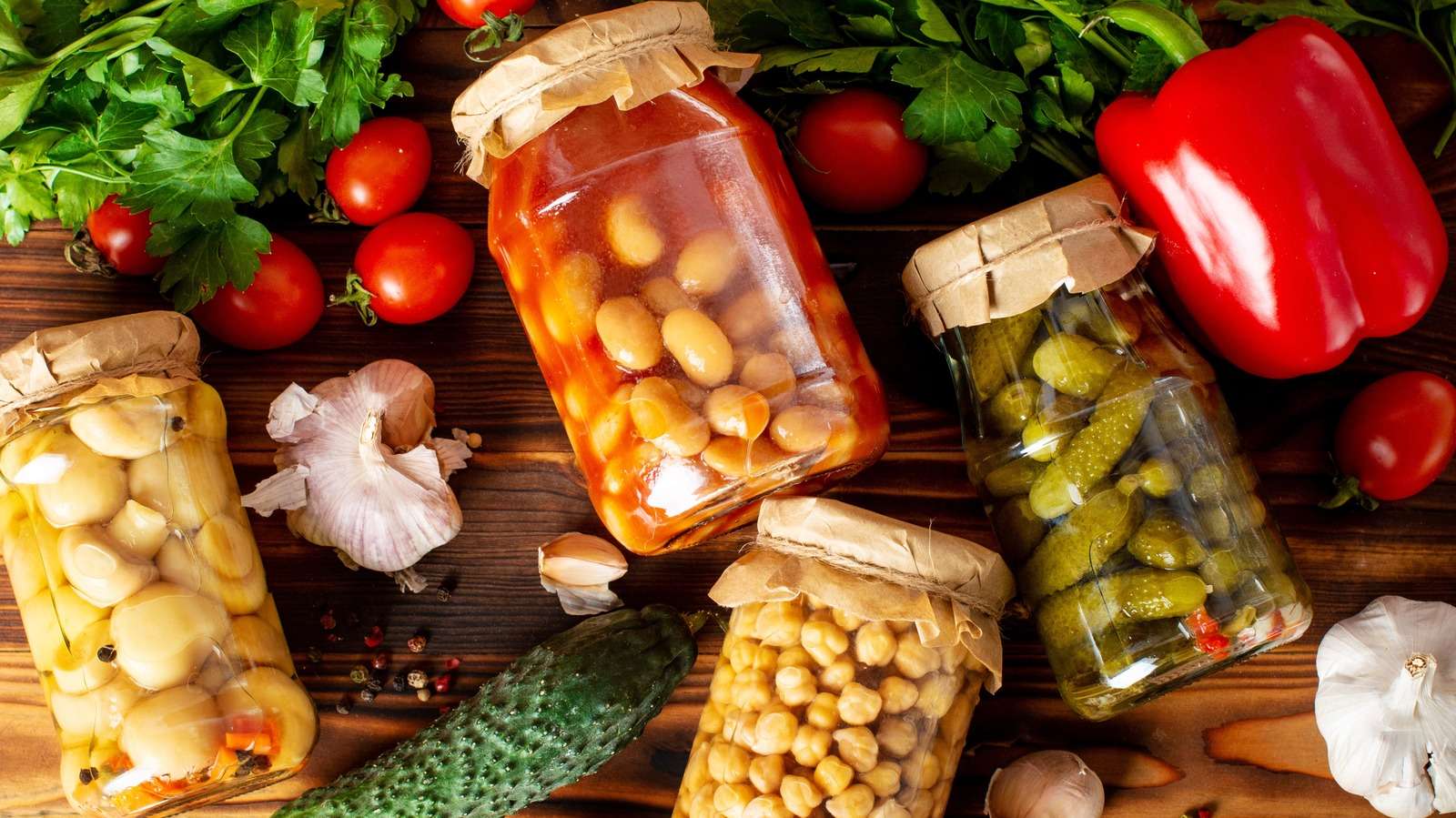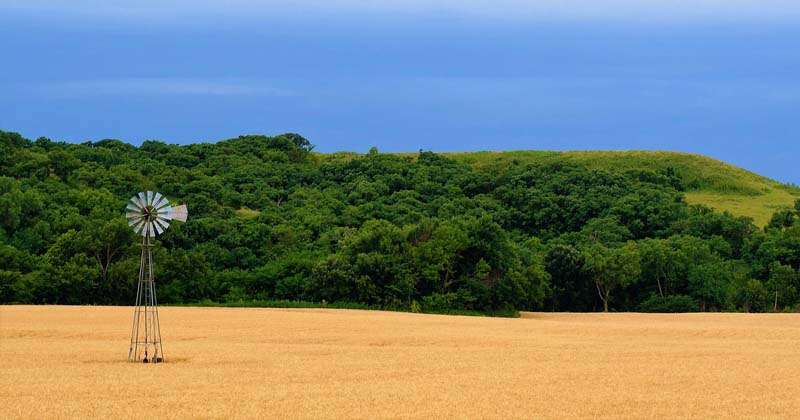If you’re living off the grid or on a homestead, you’re probably familiar with the practice of canning vegetables. Not only is it a cost-effective way to preserve your harvest, but it also allows you to build up a stockpile of nutritious food that can last all year. The trick is to choose the right vegetables for canning, ones that grow well in your area and meet your personal goals. From tomatoes and peppers to cucumbers and corn, there is a wide range of options to consider. The key is to select high acid vegetables that can withstand the canning process without compromising flavor or texture. And don’t forget about blanching – it’s an essential step for improving the overall quality and safety of your canned vegetables. By canning your own vegetables, you can enjoy the benefits of preserving food while ensuring a steady supply of nutritious options for yourself and your family.

Benefits of Canning Vegetables
Canning vegetables is a popular practice for many individuals who live off the grid or on homesteads. Not only is it a sustainable way to preserve food, but it also provides numerous benefits for those who engage in this activity. Let’s dive into some of the advantages of canning vegetables.
Cheap and Sustainable Preservation
One of the significant benefits of canning vegetables is its cost-effectiveness. When you can your own vegetables, you can save a significant amount of money compared to buying commercially canned items. Additionally, canning allows you to reduce food waste by preserving excess vegetables that you may have grown in your garden instead of letting them go to waste.
By canning your vegetables, you contribute to a more sustainable lifestyle. Instead of relying on store-bought canned goods, which typically involve a significant amount of packaging, you can reduce your carbon footprint by reusing jars and other canning materials. This environmentally friendly approach is not only practical but also aligns with a more sustainable way of living.
Large Stockpile of Preserved Food
Canning vegetables provides the opportunity to build a large stockpile of preserved food. By doing so, you can ensure that you have a constant supply of nutritious options throughout the year, regardless of seasonal availability or price fluctuations. This stockpile not only saves you money in the long run but also provides peace of mind knowing that you have a reliable food source in case of emergencies or unexpected events.
Year-round Access to Nutritious Options
Another advantage of canning vegetables is the ability to have year-round access to a variety of nutritious options. By canning a diverse assortment of vegetables, you can create a well-rounded pantry that offers a wide range of vitamins, minerals, and other essential nutrients. This accessibility to nutritious food can significantly contribute to your overall health and well-being.
Choosing the Best Vegetables for Canning
Now that we understand the benefits of canning vegetables, let’s explore how to choose the best vegetables for this preservation method. The selection process involves considering factors such as local growing conditions, personal goals, and preferences. By carefully considering these factors, you can ensure a successful canning experience.
Consider Local Growing Conditions
When choosing vegetables for canning, it’s essential to consider the local growing conditions in your area. Certain vegetables thrive in specific climates and soil types. By selecting vegetables that are well-suited to your local conditions, you increase the likelihood of a successful harvest. Additionally, growing your vegetables locally can help reduce transportation costs and support a more sustainable food system.
Personal Goals and Preferences
Your personal goals and preferences should also guide your vegetable selection for canning. Do you have specific dietary requirements? Are you interested in preserving vegetables that your family enjoys eating the most? By considering these factors, you can tailor your vegetable choices to align with your unique needs and preferences.
Popular Vegetables for Canning
While the options are virtually endless, some vegetables are particularly popular for canning. Let’s explore a few of these options:
Tomatoes
Tomatoes are a favorite for many canners due to their versatility and wide range of uses. Whether you’re canning whole tomatoes, tomato sauce, or salsa, this vegetable offers a myriad of possibilities. The high acidity of tomatoes also makes them suitable for canning without the need for added acidity.
Peppers
Peppers, both sweet and spicy varieties, are excellent choices for canning. You can preserve them whole, sliced, or diced, depending on your preferences. Peppers can be canned on their own or used in conjunction with other vegetables to create flavorful preserves.
Cucumbers
Cucumbers are perhaps most famous for their use in making pickles. Whether you prefer dill pickles, bread and butter pickles, or spicy pickles, canning cucumbers allows you to enjoy these tangy treats all year round. Cucumbers can also be canned as relish or used in other recipes for added crunch and flavor.
Cabbages
Cabbages, including green and red varieties, can be transformed into delicious sauerkraut through the canning process. Sauerkraut is a fermented delicacy that offers a unique flavor profile and can be used in various dishes. Cabbage can also be canned as coleslaw or used in soups and stews.
Beans
Beans, such as green beans and wax beans, are excellent choices for canning. They can be preserved in their whole form or processed into dilly beans. Canned beans are a versatile ingredient that can be added to salads, casseroles, and other dishes for added protein and texture.
Corn
Sweet corn is a summer favorite, and canning allows you to enjoy this seasonal delight throughout the year. Whether you can corn kernels or whole corn cobs, you can bring the taste of summer to your table during the colder months.
Potatoes
Potatoes can be canned as diced, sliced, or whole. Canning potatoes not only provides convenience but also allows for a variety of uses. Whether you’re making potato salad, mashed potatoes, or a hearty stew, having canned potatoes on hand can save you time in the kitchen.
Carrots
Canned carrots are a nutritious and versatile option for your pantry. They can be added to soups, stews, stir-fries, and other dishes to provide color, flavor, and added nutritional value. By canning carrots, you can ensure that you always have this vibrant vegetable readily available.
Peas
Peas are a staple in many households, and canning them allows you to enjoy their sweetness year-round. Whether you’re canning garden peas, snow peas, or sugar snap peas, they can be a valuable addition to your pantry.
Asparagus
Asparagus can be canned to preserve its distinct flavor and tenderness. Canning asparagus allows you to savor this seasonal delicacy even when it’s not in season. Canned asparagus can be used in salads, soups, omelets, and various other recipes.
Winter Squash
Winter squash, such as butternut squash and acorn squash, can be canned to enjoy their rich flavors during the colder months. Canned winter squash can be used in pies, soups, stews, and side dishes, providing a comforting and nutritious addition to your meals.
Beets
Beets can be canned as whole beets, pickled beets, or even beet juice. Canned beets can be used in salads, sandwiches, and other dishes, adding a deep, earthy flavor and vibrant color.
Onions
Onions can be canned as whole onions, pickled onions, or chopped onions. Canned onions are a versatile ingredient that can be used in various recipes such as soups, stews, casseroles, and savory sauces.

Choosing the Right Vegetables for Canning
In addition to considering personal preferences, it’s essential to choose the right vegetables for canning based on their characteristics. Some vegetables are better suited for canning due to their acidity levels, while others maintain their texture and flavor throughout the canning process.
High Acid Vegetables
High acid vegetables are ideal for canning because they offer natural acidity levels that help preserve the food and prevent the growth of harmful bacteria. Some examples of high acid vegetables include tomatoes, pickles, sauerkraut, and peppers. These vegetables can be safely canned without the need for added acidity.
Vegetables that Maintain Texture and Flavor
When canning vegetables, it’s crucial to select vegetables that can withstand the canning process without losing their texture or flavor. Some vegetables tend to become mushy or lose their vibrant colors when canned. However, certain vegetables such as green beans, carrots, beets, and corn maintain their texture and flavor even after being preserved.

Considerations for Selecting Vegetables
In addition to considering acidity levels and texture, there are a few other factors that you should take into account when selecting vegetables for canning.
Personal Preferences
When choosing vegetables for canning, it’s essential to consider your personal preferences. Select vegetables that you and your family enjoy eating and would like to have readily available in your pantry. This ensures that the canned vegetables will be used and enjoyed, rather than sitting unused on your shelves.
Usage Goals
Consider your intended usage for the canned vegetables. Are you primarily planning to use them as standalone side dishes, or do you plan to incorporate them into recipes and meals? This consideration can help you choose vegetables that are versatile and can be used in a variety of culinary creations.
Blanching Before Canning
Blanching is a pre-canning step that involves briefly boiling vegetables in hot water and then plunging them into an ice bath. This process serves several purposes and is recommended for many vegetables before canning.
Improves Flavor
Blanching helps to improve the flavor of vegetables by enhancing their natural sweetness. It also helps to remove any bitterness that may be present. By blanching your vegetables before canning, you can ensure that they taste their best when you’re ready to enjoy them.
Enhances Texture
Blanching also helps to preserve the texture of vegetables by slowing down the enzyme activity that can lead to loss of texture and color. By blanching your vegetables before canning, you can maintain their crispness and ensure that they retain their appealing texture when you open the jars.
Ensures Safety
Blanching is a crucial step in the canning process because it helps to ensure the safety of the canned vegetables. By blanching, you are able to kill any potential bacteria on the vegetables‘ surface, minimizing the risk of contamination. This step is particularly important for low-acid vegetables, which are more susceptible to bacterial growth.
In conclusion, canning vegetables offers numerous benefits such as cost-effective preservation, a large stockpile of preserved food, and year-round access to nutritious options. When choosing vegetables for canning, consider local growing conditions, personal goals, and preferences. Popular choices for canning include tomatoes, peppers, cucumbers, cabbages, beans, corn, potatoes, carrots, peas, asparagus, winter squash, beets, and onions. Select vegetables based on their acidity levels and ability to maintain texture and flavor during the canning process. Finally, consider personal preferences, usage goals, and the importance of blanching before canning. By carefully selecting and preserving your own vegetables, you can enjoy the benefits of canning and have a well-stocked pantry filled with nutritious options.




